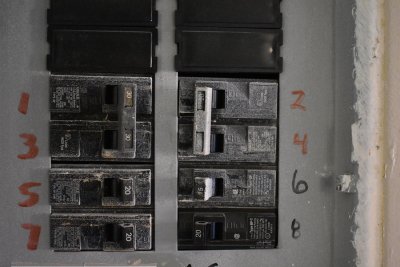You probably don’t expect your blow dryer to use as much electricity as your washing machine or dishwasher, and you’d be correct in that assumption. Different types of appliances have their own kinds of electrical needs, and they may use different kinds of electrical outlets in San Jose as a result. Dedicated circuits are used for your heavy-duty appliances that need more electricity to get the job done. Mixing and matching electrical circuits is dangerous—the wrong setup could harm your appliances and your electrical system as well as present the threat of a fire or shock. Keep reading to learn what you need to know about dedicated circuits.

What They Are
A dedicated circuit is one that provides the appropriate amount of electricity to larger appliances that can’t get enough from a standard electrical outlet. It’s called a dedicated circuit because a single circuit is used with just one appliance, so it’s dedicated to that appliance. It will have a circuit breaker inside your electrical panel, and it will make sure appliances that have high energy demands get the electricity they need. If one of your appliances hasn’t been working properly, have your electrician see if you need a new circuit.
Appliances That Need Them
The more electricity an appliance uses, the more likely it is that you need a dedicated circuit for it. Common examples include refrigerators, air conditioners, electric stoves and ovens, and sump pumps.
Why They Matter
Without dedicated circuits, we wouldn’t be able to regulate the amount of electricity that’s allotted to individual appliances. You can’t expect a phone charger and an air conditioning system both to operate at maximum efficiency using the same amount of energy. We need to be able to control the way we use our electricity in our homes and places of business, so we can extend the lifespans of our appliances, avoid short circuits and power outages, and keep our systems safe and efficient. Dedicated circuits matter so much that they’re now required by the National Electric Code, so have your electrician inspect yours.


